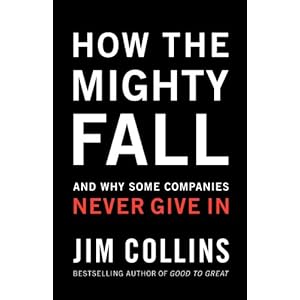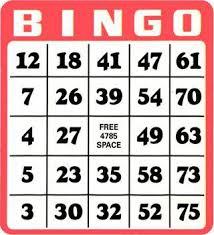Are your Salespeople Focused on Landing Elephants While Rabbits and Squirrels Run to Buy?
Are your Salespeople Focused on Landing Elephants While Rabbits and Squirrels Run to Buy?
By Mark Allen Roberts
In my previous post I discussed a problem: “One common problem I am observing in the market today is salespeople are “hunting elephants with BB guns” and getting frustrated when they fail to bag their trophy. The market is tough and salespeople are hired to make it happen, make the sales number. Far too many salespeople focus on selling elephants to help bring their sales to quota back in line and this tactic backfires.I shared how ill equipped and poorly trained most salespeople are calling on large key accounts ( elephants) , and they are not only destined to fail, but there is a high probability they are also damaging your brand in the mind of key account buyers. Another, problem that compounds the focusing in on elephants is the opportunity cost lost rabbits and squirrels running to buy.
Do your salespeople clearly understand the market they serve and the opportunities that exist?
What I have personally experienced helping sales teams is everyone knows who the elephants are. This is a problem as all your competitors are just as likely focusing their scopes right now to bag what you thought was your elephant.
In the background of your market, there are smaller accounts, (rabbits and squirrels) running to buy.
I like selling smaller accounts as well as elephants.
Why do I like selling smaller accounts?
- sales cycle is much shorter
- the equipment and training is less expensive
- you are dealing with the economic buyer ( the owner) in most cases
- they are busy, and value your consultative approach as an expert in the solutions you provide
- they are more profitable as a % of sale than elephants
- they appreciate your solutions to their problems more
- the buyer is in the market you are hunting in and not “corporate” some where
- higher close percentage, higher probability to win the sale
- they rarely use RFP’s
- they are less likely to source complimentary products, accessories and parts
- the salesperson does not require a great deal of training and experience
- they often grow into bigger accounts
Market leading sales organizations balance their focus on elephants, rabbits and squirrels.
How about your sales team? Do your salespeople have a balance of elephants, rabbits and squirrels?
Does your sales team focus only on landing elephants or do they also fill their commissions on rabbits and squirrels?
Have you segmented accounts by lifetime sales opportunity?
Do you have an inside sales model that helps identify where the rabbits and squirrels are hiding?
As the sales leader, are you equipping your salespeople with a complete market opportunity profile, or is your lack of market knowledge showing?
Insure your salespeople hit their numbers by providing a market opportunity profile that includes elephants, rabbits, squirrels and any other varmints you can land in your market.
Failure to do so and you are setting your salespeople up to be road kill in their year end performance review.







